Ramadan Fasting Guide
Ramadan, the holiest and most spiritual month for the Muslim community world over. 30 days of the sacred month, each spent in discipline and abstinence.
However, cultures have transformed to where numerous household kitchens now go into overdrive to satisfy the family’s cravings during the day-long fast. The sweetest, fattiest, saltiest, and most calorie-laden fest our cuisines can offer. A general approach is “fasting followed by feasting”.
Before starting the fast (before sunrise), people aim to eat as much as they possibly can to avoid an energy slump and stave off hunger pangs thereby treating their stomachs as fuel tanks or battery packs.
Come sunset and it’s time to break the fast. Once again, people gorge especially on the highest calorie, salty, sugary, and fatty foods to make up for the long fasting day, leading to more harm than one may realize.
This is the antithesis of the essence of Ramadan.
In addition to gluttony, which is common, people tend to let go off of their fitness routines. This leads to muscle loss and fat gain, putting to waste those hard-earned health benefits.
With the day now starting with the breaking of the fast (Iftaar / sunset), and ending with the pre-fast meal (Suhoor/pre-dawn) the body clock is reversed. Thus, it is essential to change the meals, considering this pattern of eating is against the circadian rhythm. The right meal choices must be made to get adequate micro and macro-nutrients required by the body.
So, how can one make the most of this holy month? Here are a few tips and good food choices that can be practiced during Ramadaan.
Choose foods rich in complex carbohydrates, fiber, protein, and good fats to keep you feeling full for longer and provide a slow, sustained energy release.
Best food options for Iftar:
Start with a date (khajoor) and salted lime juice (nimbu pani) to replenish the glycogen stores and rehydrate the body. Follow it up with a good balance of carbohydrates and protein, as listed below:
- Oats-almond milk porridge with nuts-seeds, dried berries
- Ragda Pattice with Alu Tikkis
- Chicken Tikka Wrap made with khapli roti
- Egg-Stuffed Paratha made with khapli roti cooked in A2 cow ghee
- Gluten-Free Pasta in tomato sauce with sautéed moong sprouts
- Sourdough Boiled Egg Vegetable-hummus
You can follow this up with a healthy dessert to curb the sweet tooth, such as:
- Falooda Parfait (made with dairy-free ice cream)
- Rice Vermicelli Kheer (made with jaggery and almond milk)
- Rice Payasam (made with coconut milk and jaggery)
- Fruit Salad
The pre-dawn meal or Suhoor plays a significant role in regulating our energy levels for the day-long fast. Choosing this meal correctly is all the more important to prevent fatigue and lethargy.
Best Food Choices for Suhoor:
- Moong dal-rice khichdi or chicken and rice khichdi with a good amount of vegetables
- Egg curry with jowar roti
- Egg bhurji (scrambled egg) with wheat roti
- Green peas paratha made with khapli flour and yogurt
- One-pot rice with veggies and beans
You can have a teaspoon of sugar-free gulkand (rose petals) to prevent body heat and to curb any thirst.
Foods you must strictly avoid:
- Fried snacks
- Sugar-based desserts
- Starchy and highly refined foods such as bread, pizza, burgers, white bread sandwiches
Preferred cooking styles:
- Baking
- Grilling
- Sautéing
- Steaming
Moderation is key.
- Eat till you are 80% full. Do not over-eat at any point, as it puts a significant strain on the digestive system to break down and digest a heavy meal.
- Avoid overloading the body with a vast amount of food, particularly heavy and unhealthy
food in one sitting after breaking a fast. - Nourish your body in “installments” with a disciplined routine of 2 – 3 meals with a gap of
5 – 2 hours between sunset and sunrise. - Practice portion control. Limit to one piece or serving of deep-fried, sugary, starchy, or
oily preparations.
Hydration in the evening is of extreme importance after you’ve fasted all day long.
- Aim to have 2.5 to 3 liters of total fluids between iftar and suhoor.
- Remember to sip the water over a period of time. Do not chug down a lot of water at one time.
- Opt for beverages like buttermilk or salted yogurt (lassi) made from A2 cow curd, sweet basil seeds (sabza) refresher, raw mango juice (Aam Panna), Jal-jeera, coconut water.
- Strictly avoid aerated beverages and energy drinks.
- Avoid excessively consuming caffeinated beverages, such as tea or coffee as they further dehydrate the body.
- Choose fruits and vegetables with higher moisture content to snack on, such as muskmelon, watermelon, love apples, ice apples, cucumber, zucchini, and hummus.
Exercise tips
- It is essential to maintain a good fitness regimen during this time.
- It is important to make time for a short workout in the routine after you have broken the fast.
- The ideal time to work out would be 60 – 75 minutes after your Iftar meal so that there is enough time to digest the meal and supply the much-needed energy to the muscles.
- Here are a few exercise options for you:
- A 30-minute long outdoor walk
- 20 – 30 minutes of yoga
- 20 minutes of a full-body workout with your own body weightand a resistance band
- Four minutes of Tabata, in case of a hectic schedule and hard-pressed for time
- The objective is to keep it simple, and not overdo it to allow the body to recover.
Ramadan is a month of healthy living. It aims to detoxify your mind and body. Self-discipline and mindfulness are central concepts of this month. Embrace it for all it has to offer and avoid turning something inherently good into something harmful to yourself.
To know more about dry fasting and the incredible wisdom it holds, read our book.
The Dry Fasting Miracle – From Deprive to Thrive by Luke Coutinho & The Green Sheikh.
|
From a pimple to cancer, our You Care Wellness Program helps you find a way Talk to our integrative team of experts today 18001020253 |



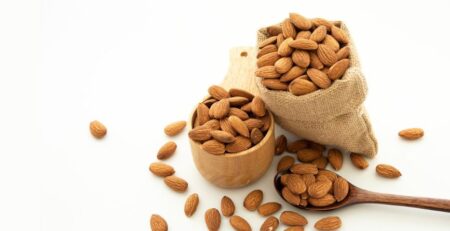

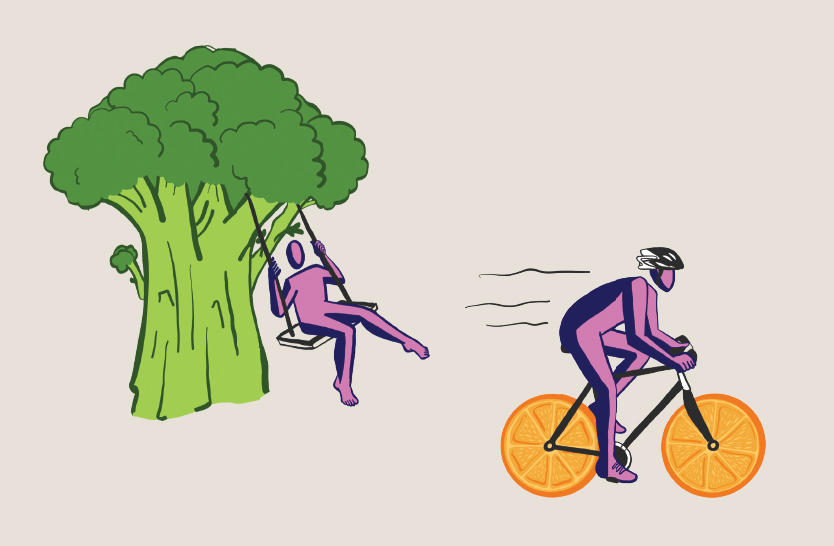

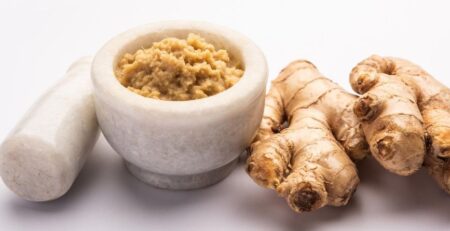
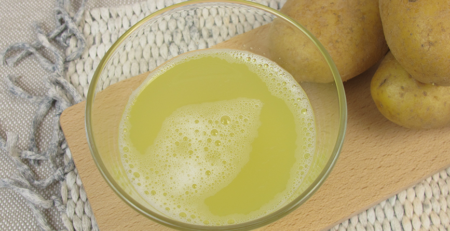
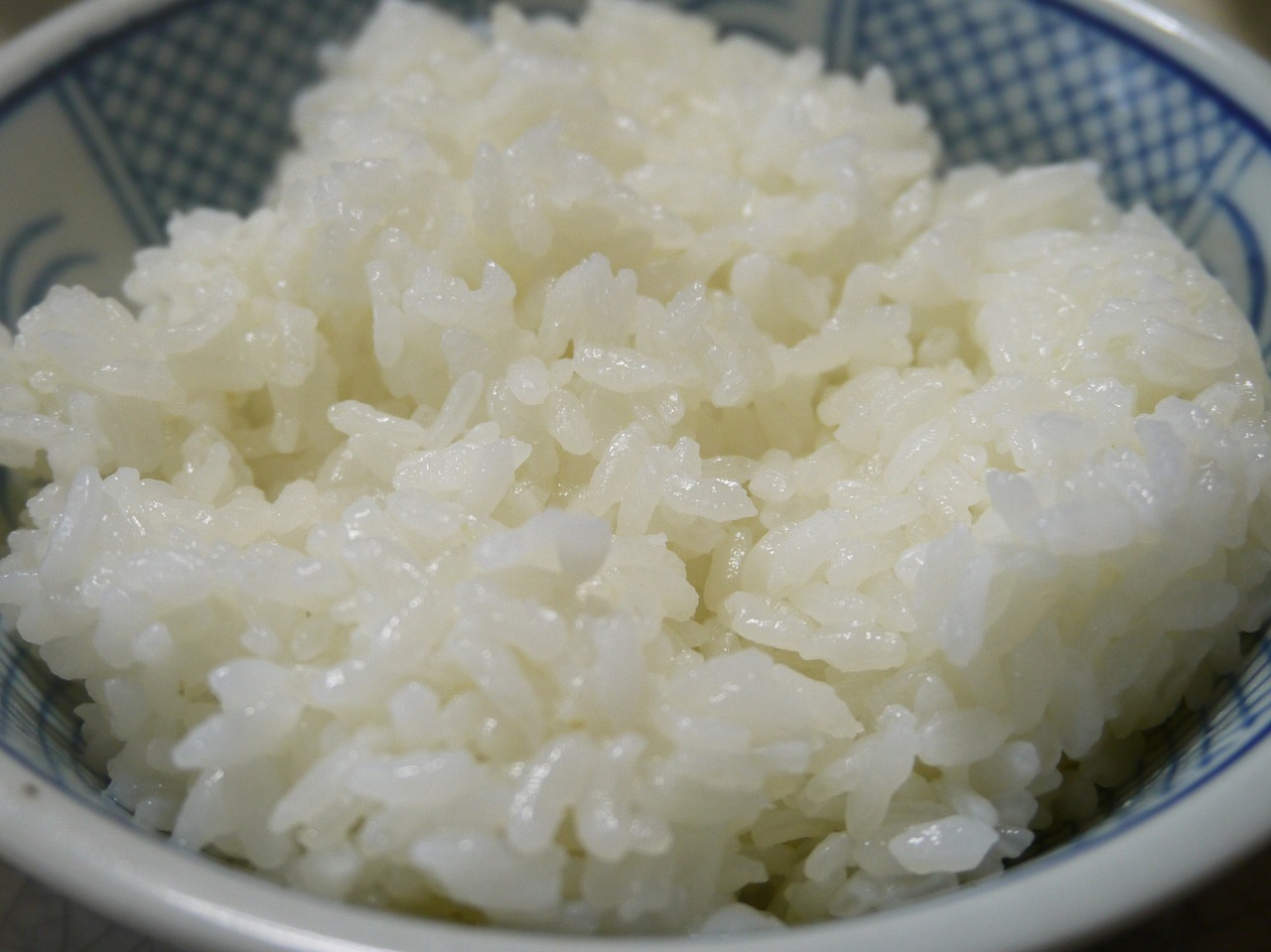
Leave a Reply